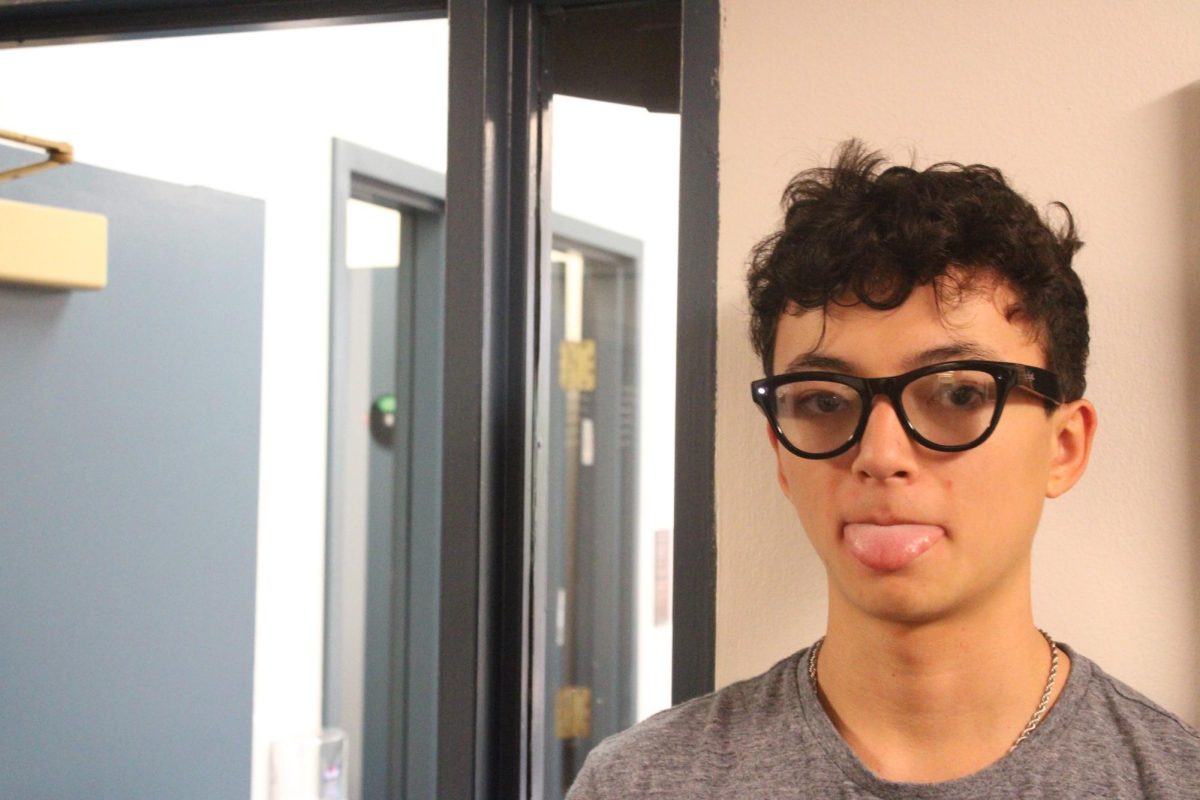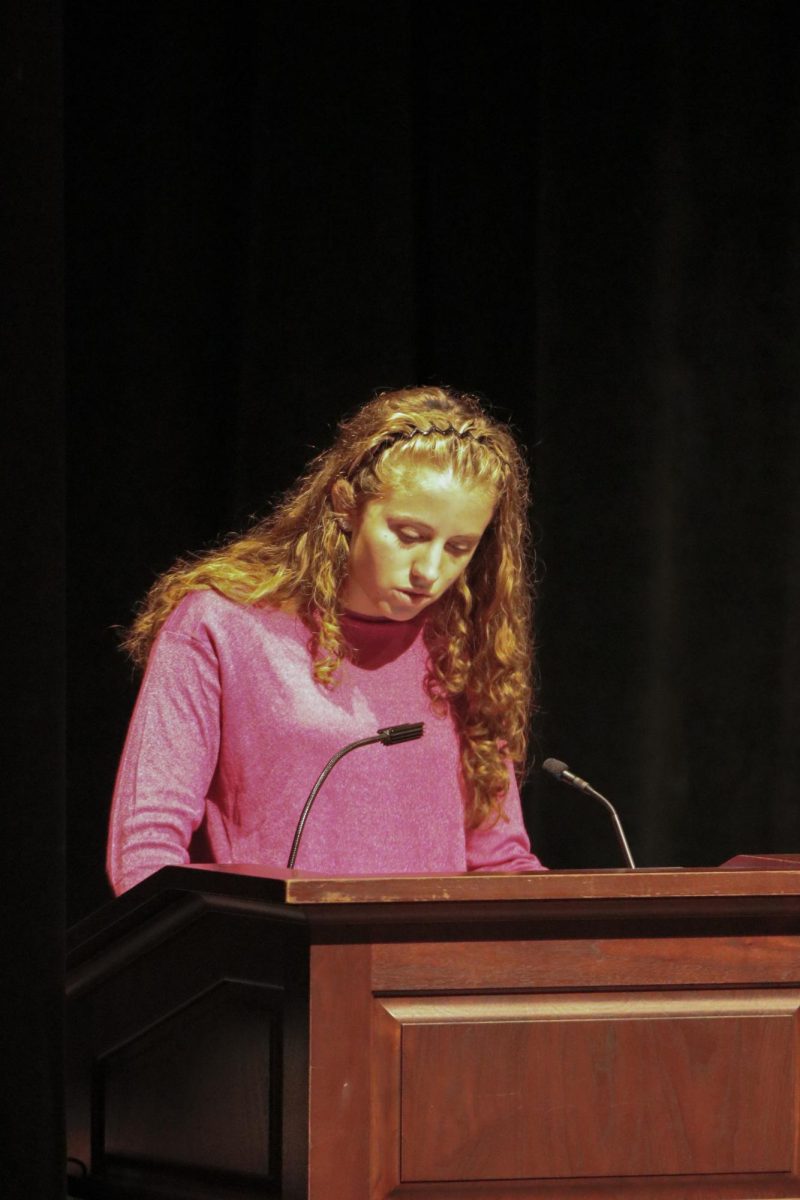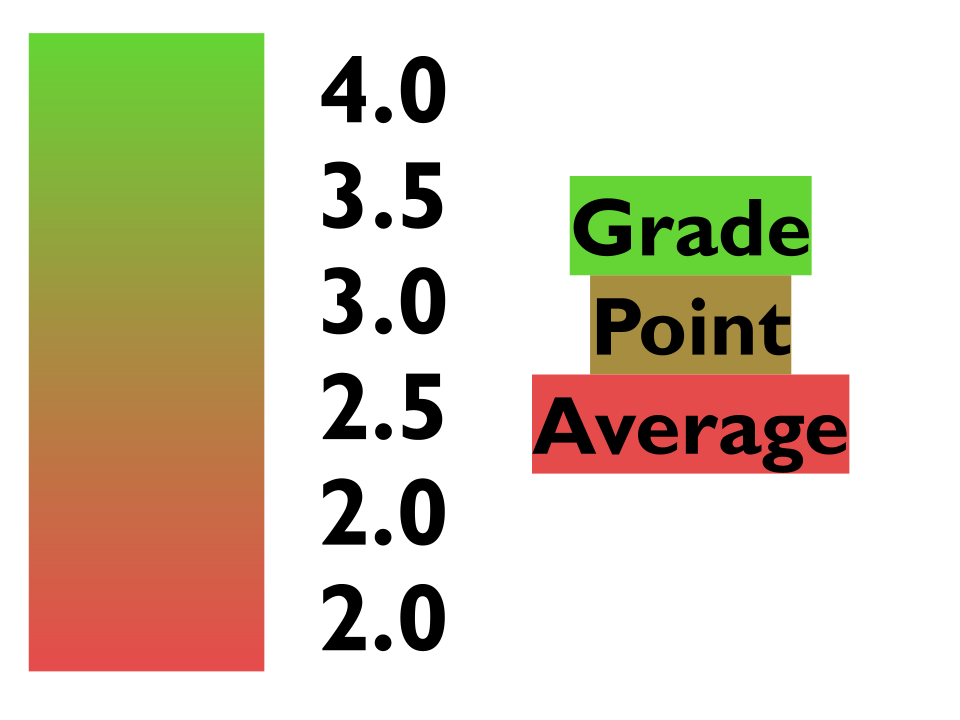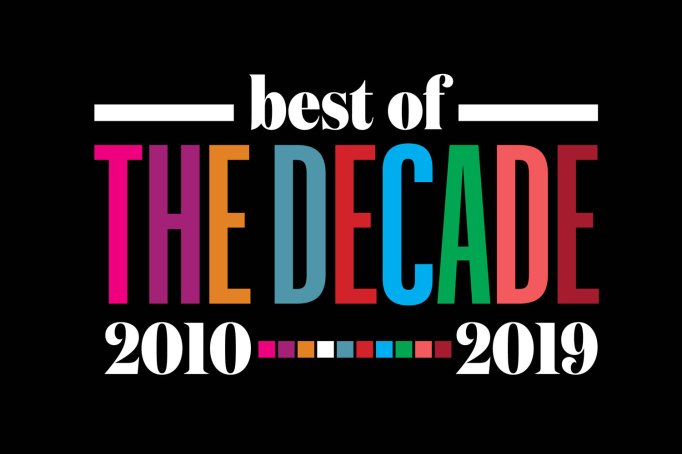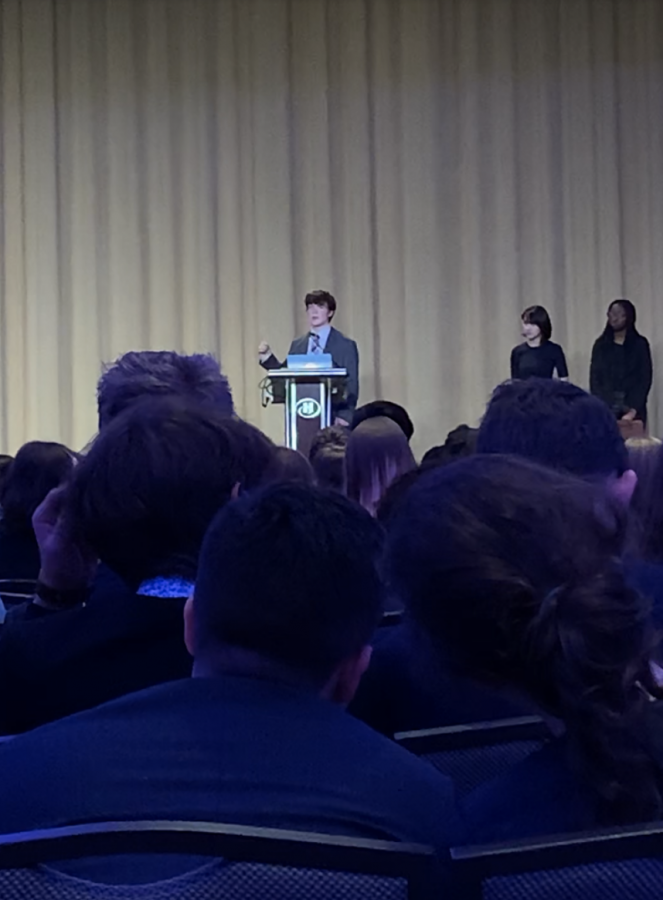Tejas Vadali → Against Politcal Correctness in Art Art, an outlet as boundless as space and time, pervades our earthly existence. The concept sounds deep and all, but let’s face it, most people just don’t get art. In order to establish a basis for my argument, I consulted Mr. Haverland’s substitute, Ms. Lialios, about what she thinks art is. “Anything based on an individual’s surroundings,” she said, “as well as their feelings culture and lifestyle. Really anything that exists in their life and imagination.” Because we have defined art as such, practically anything can be art, including writing, visual art, dance, etc… In an increasingly politically correct world, however, we have begun to shift our frame into the past and critique art from long ago. Upon revisitation, many of the works that we once considered masterpieces and pinnacles of human creation have become subject to judgement from a modern perspective. Of course, we are all wondering if this criticism is fair. It’s not. Humans are complex creatures, so we have the ability to learn and change over time. It is a very fair point that much art and literature from the past is not considered appropriate, but we must take into account that times were different and there were different societal expectations. To expect an artist or writer to be years ahead of their time would be like expecting humans to colonize another planet — it’s simply unfair. Additionally, we must examine the cultural context behind such a work. For example, my Global Studies class recently read a poem by Rudyard Kipling called “The White Man’s Burden.” The poem is essentially a rant on how imperialism solely benefits the colony, and the imperializing nation receives no benefit. Clearly, this assertion is far from popular in our modern society, but in Kipling’s time and place — late-1800’s imperialist India — it was simply popular opinion that the British were doing India a huge service by “civilizing” it through colonization. Evidently, art is a very abstract concept, and in order to understand it, we must acknowledge it. Though we might not agree with the messages of the art, we have to recognize the work taken to produce it, as well as appreciate the fact that it gives us insight into a different perspective. Matthew Shrake → Pro Political Correctness in Art Although I do approve of parts of the other side of the debate, such as the definition of art that Ms. Lialios has contributed, I believe that there is a separate view on the topic. Tejas says that the art, whether it is dance, literature, acting, or anything else, should not be judged on its imperfections. I disagree. I don’t think that the point of view from Rudyard Kipling’s “White Man’s Burden”, a completely biased and unsupported piece of writing, should be accepted by readers or read in schools. As Tejas brings up, loads of people are criticizing art and parts of culture from centuries ago, but if so many people are judging it, do you think all of these analysts are wrong? I don’t think so. Take this example: if you were going to make a piece of art, what would it contain? Would it be a self-portrait? Perhaps a painting of the view right in front of your eyes? Maybe a review of an experience you have had? I‘m guessing that you did not come up with something pessimistic, or something that could possibly be alarming to viewers. This corroborates my point: if you are considering creating something of this nature, then maybe it is time to take a step back and look at what you are doing. Perhaps making something special that all — and not a select few — will appreciate would be a better solution. Looking at art and writing from the past will allow us to remember how significantly society has changed over time. Perhaps it will allow for greater change in the future. What do YOU think? Comment your opinion below!]]>
Categories:
Room for Debate: Does Political Correctness Matter in Art?
March 8, 2018
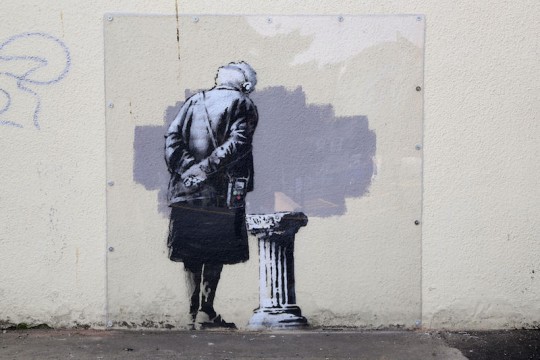
0
More to Discover

